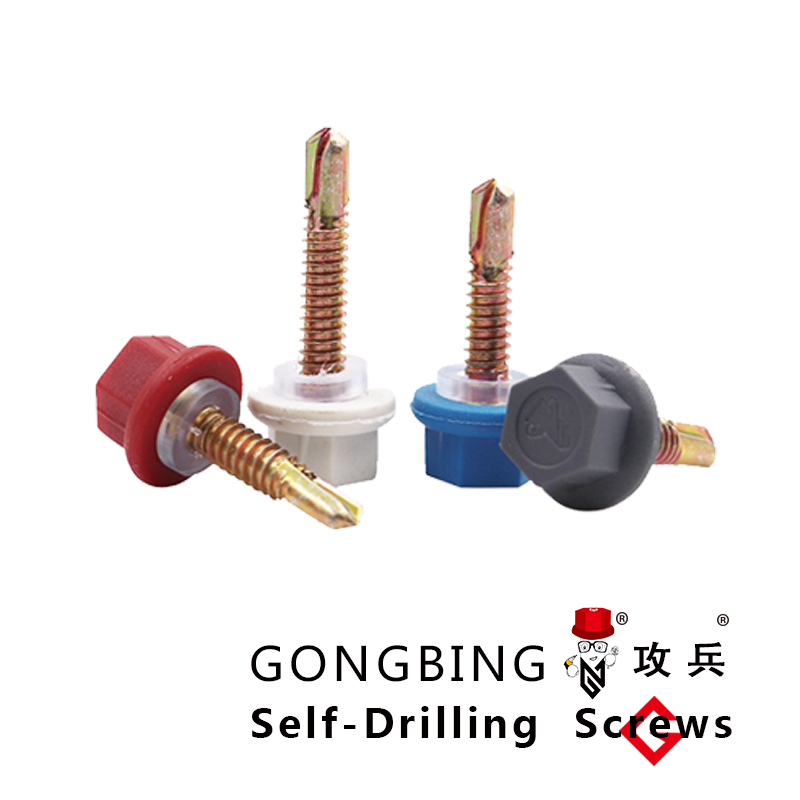Durable Expandable Bolts for Concrete | High-Performance Fixing Solutions
Understanding Expandable Bolts for Concrete Applications
Expandable bolts are crucial components in the construction and engineering industries, particularly when it comes to anchoring structures into concrete. Their design allows for secure fastening, making them ideal for a range of applications. This article examines the characteristics, types, installation process, and advantages of using expandable bolts in concrete.
What Are Expandable Bolts?
Expandable bolts, also known as expansion anchors, are devices that provide secure holds in concrete and masonry. They work by expanding when a screw or bolt is tightened, creating a strong mechanical grip inside the concrete. This feature is particularly valuable in applications where load-bearing strength is essential, such as in structural supports, railings, and heavy machinery.
Types of Expandable Bolts
There are several types of expandable bolts, each designed for specific applications
1. Expansion Shields These are hollow, flared sleeves that expand when a bolt is tightened. They are commonly used for securing fixtures and can accommodate varying sizes and loads.
2. Wedge Anchors Known for their strength, wedge anchors feature a cone shape that tightens against the sides of the hole in the concrete. They are often used in heavy-duty applications, such as structural steel and machinery anchoring.
3. Sleeve Anchors These consist of a threaded bolt surrounded by a sleeve that expands against the concrete. Sleeve anchors are versatile and suitable for both medium and heavy loads.
4. Drop-In Anchors Designed for a flush mount, drop-in anchors are used where an aesthetic appearance is important. They require a setting tool for installation, creating a robust hold within the concrete.
Installation Process
expandable bolts concrete

Installing expandable bolts properly is crucial for ensuring maximum load-bearing capacity
. The installation process generally involves the following steps1. Drilling the Hole Use a suitable masonry drill bit to create a hole in the concrete. The hole diameter and depth depend on the specific type of expandable bolt being used.
2. Clean the Hole Remove any concrete dust or debris from the hole to ensure a solid bond.
3. Insert the Bolt Depending on the design, insert the bolt or anchor into the pre-drilled hole.
4. Tighten Use a wrench to tighten the bolt or screw until the expansion mechanism activates. This secures the anchor within the concrete.
5. Final Check Ensure the fixture is stable and securely fastened.
Advantages of Using Expandable Bolts
The use of expandable bolts in concrete applications offers numerous advantages
- High Load Capacity Expandable bolts can support significant weight, making them suitable for heavy-duty applications. - Durability Made from robust materials like stainless steel or carbon steel, they resist corrosion and wear, ensuring longevity. - Versatility They can be used in various concrete types and applications, from residential buildings to industrial settings. - Ease of Installation With minimal tools required, expandable bolts can be installed quickly and efficiently.
Conclusion
Expandable bolts provide an effective solution for anchoring various fixtures and structures into concrete. By understanding their types, installation process, and benefits, engineers and contractors can make informed decisions that enhance the safety and durability of their projects. Whether in construction, manufacturing, or maintenance, these anchors remain indispensable in modern engineering practices.
-
Weatherproof Plastic Expansion Anchors for Outdoorព័ត៌មានJun.06,2025
-
Sustainability in the Supply Chain: Eco-Friendly TEK Screws Productionព័ត៌មានJun.06,2025
-
Load-Bearing Capacity of External Insulation Fixingsព័ត៌មានJun.06,2025
-
Double Head Bolts: Enhancing Efficiency in Industrial Machineryព័ត៌មានJun.06,2025
-
Corrosion Resistance in Chipboard Screws: Coatings for Wholesale Durabilityព័ត៌មានJun.06,2025
-
Butterfly Toggle Bolts : Enhancing Structural Resilienceព័ត៌មានJun.06,2025
